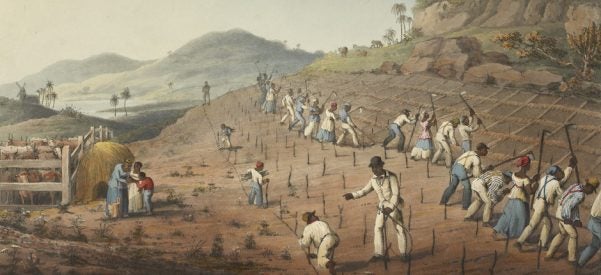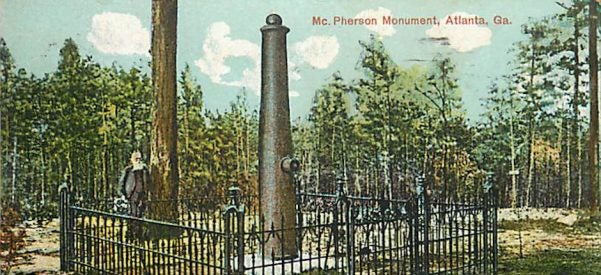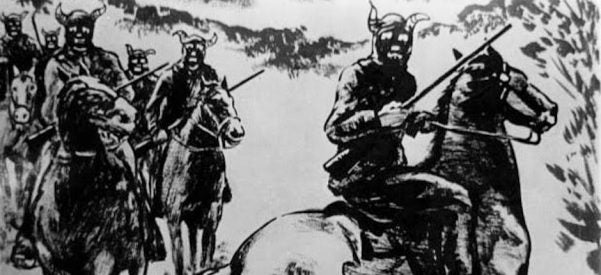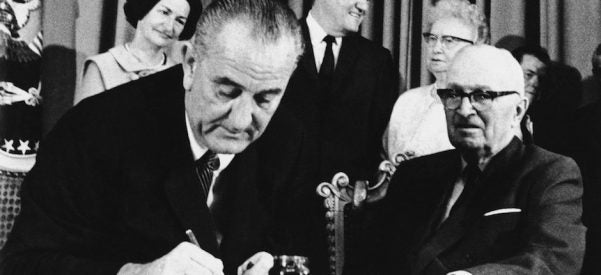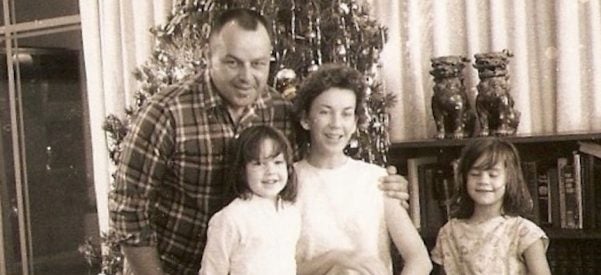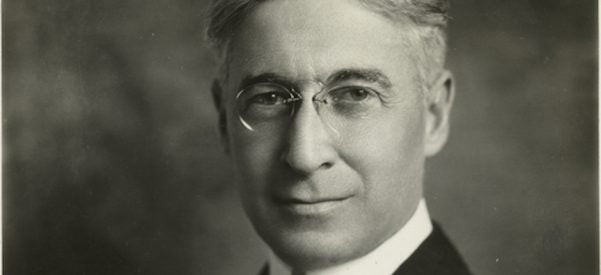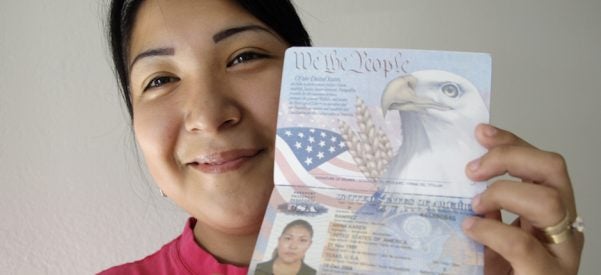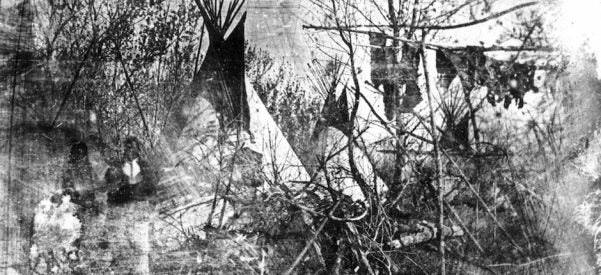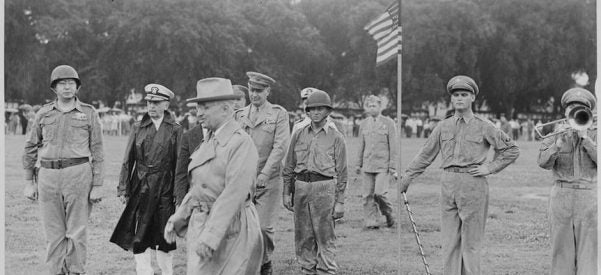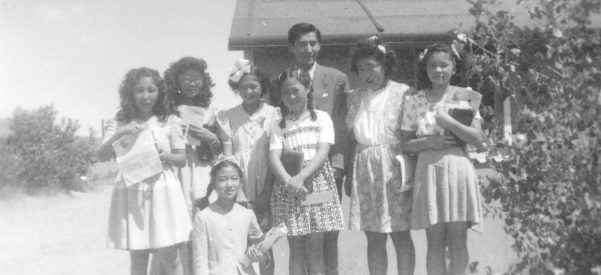How Abolitionists Fought—and Lost—the Battle with America’s Sweet Tooth
Before Cotton Became the Symbol of American Slavery, Cane Sugar Was the Source of Oppression and Bitter Opposition
Today, land developer and businessman William Cooper is best known for founding Cooperstown, New York, home of the Baseball Hall of Fame. But back in the 1790s, Cooper was a judge and a congressman who used his power to market a different sort of pleasure—American-made maple syrup—as an ethical homegrown alternative to molasses made from cane sugar, which was at that time farmed by slaves. He took tours of the Eastern Seaboard, extolling the virtues of “free sugar,” as he …


